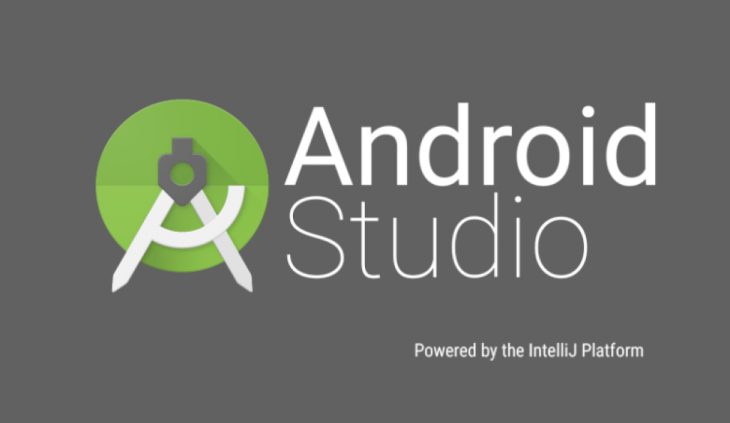
As the Android platform continues to grow and develop, the capabilities of the platform grow and what apps can do is only limited by the hardware and the imagination of developers. The at times maligned issues within the Android Platform of fragmentation, means that in times gone by developers who are investing time into various versions of the operating system can be forced into begging, borrowing or stealing devices of various sizes, resolutions and versions of Android to ensure that they cover their bases with the compatibility of their app.
Thankfully the Android team work with this evolving need and continue to not only progress and evolve the Android OS but the tools used by developers to make the apps we all use and love. As the Android Developers Summit there was a brief demo, which has now become a preview (much like the developers preview of Android M from I/O earlier this year) for developers to trial and send feedback on.
Among a host of changes and improvements listed in the blog post announcing the preview, developers can look forward to a lot of performance improvements; not only the speed of the Android Studio but also the emulator for testing apps and ADB performance has been improved greatly.
The User Interface has been further developed with a new toolbar and the ability to zoom and scale to see how various areas of their app perform as well as more extended UI controls to help developers ensuring that their app behaves as they expect it to when standard functions such as calls or SMS occur.
If you’re looking to get into Android Development it would be worth investing the time into Android Studio 2.0 to ensure you’re up to date with your development platform so check out the Blog Post and grab yourself a copy of the preview.
Do you believe there is an area that has been overlooked by Google in the Android Studio?




